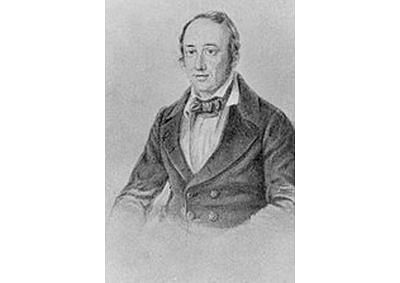Hess's Law

Henri Hess, who formulated Hess's Law, is known to be the early exponent of the principle of thermochemistry. His most renowned paper, outlining his law on thermochemistry, was published in 1840. His principle was a progenitor for the first law of thermodynamics. It states that in a series of chemical reactions, the total energy gained or lost depends only on the initial and final states, regardless of the number or path of the steps. This is also known as the law of constant heat summation.
Hess's further discoveries include the discovery that sugar when oxidised yields saccharic acid. The mineral Ag2Te is named Hessite in his honor. Hess wrote the chemistry textbook that was the standard Russian chemistry text for several decades.
Russian Chemist and Doctor, Germain Henri Hess, was born in Geneva, Switzerland on August 7, 1802. His father, who was an artist, moved the family to Russia searching for employment in 1805.
In 1830, Hess moved to St. Petersburg, took part in a geological expedition to the Urals. There, he set up a medical practice in Irkutsk where he remained for two years. Later, he became a professor of Chemistry at the St. Petersburg Technological Institute, doing research and remaining there for the rest of his life.
Hess was forced to retire due to failing health in 1848. He died in St. Petersburg on November 30, 1850.

 For all latest news, follow The Daily Star's Google News channel.
For all latest news, follow The Daily Star's Google News channel. 



Comments